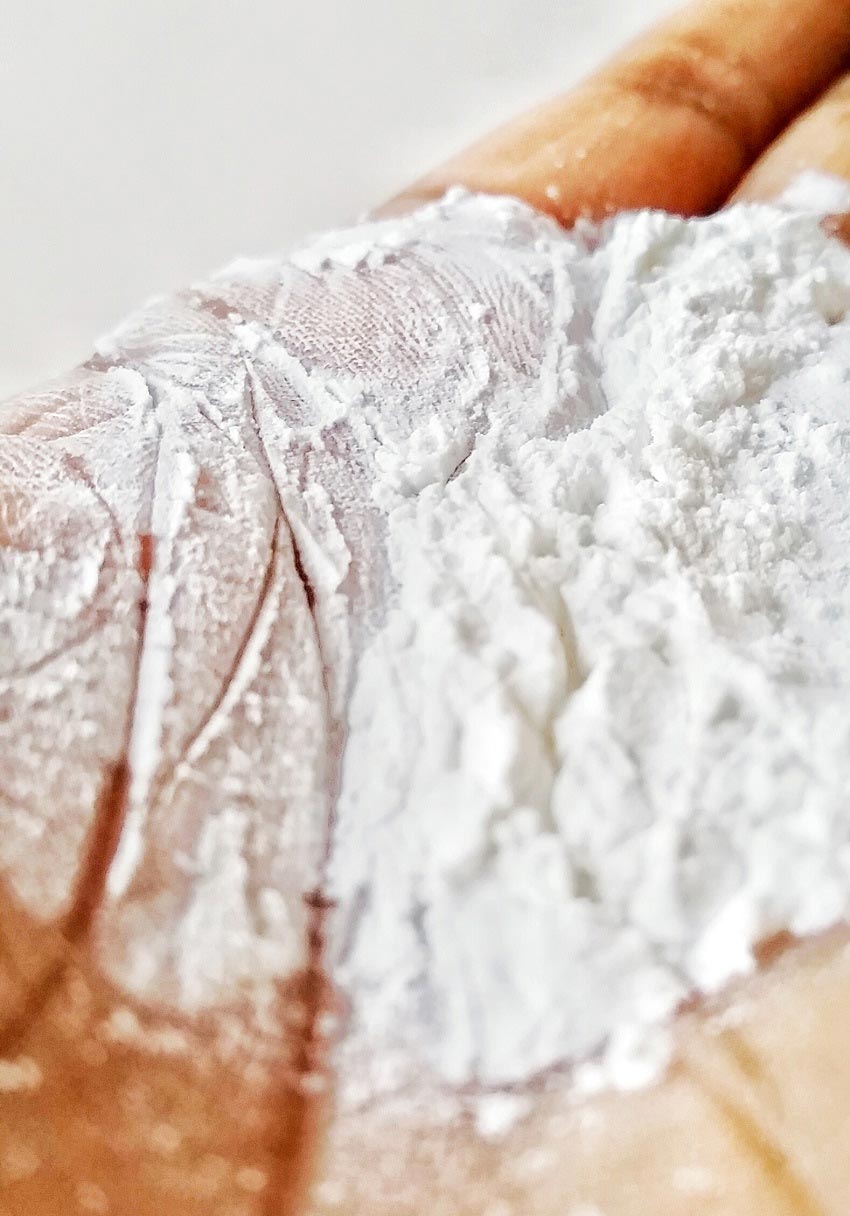FOOD COLORINGS
Caribbean people LOVE bright colors. I know that sounds like a stereotype – prove me wrong and I’ll stand corrected. Our love of color extends beyond clothing, wall paint, and home décor, and also includes many of the foods and snacks that we love. Fruit preserves like mango, plum, and cherry, as well as various candies contain bright color additives that have been found to be cancer causing and linked to hyperactivity, hypersensitivity, and behavioral problems in children.
Read also: How to Celebrate Caribbean American Heritage Month at Home
Photo of curry powder by Eva Wilson.
Food dyes, synthesized originally from coal tar and now petroleum, have long been controversial because of safety concerns. Many dyes have been banned because of their adverse effects on laboratory animals or inadequate testing. [A]ll of the nine currently US-approved dyes raise health concerns of varying degrees. Red 3 causes cancer in animals, and there is evidence that several other dyes also are carcinogenic. Three dyes (Red 40, Yellow 5, and Yellow 6) have been found to be contaminated with benzidine or other carcinogens. At least four dyes (Blue 1, Red 40, Yellow 5, and Yellow 6) cause hypersensitivity reactions.>[viii]
Read also: Meet the Antiguan Mom Behind Barnola
The researchers who published this study concluded that since the dyes did not add to the safety or nutritional value of the food and that “all of the currently used dyes should be removed from the food supply and replaced, if at all, by safer colorings.”[ix]
There are food colorings that are derived from natural sources (including insects) that may serve as an alternative to those synthesized from sources like petroleum. Check labels for annatto which is a reddish-orange dye made from the achiote seed, caramel coloring made from sugar, the red dye carmine, derived from the cochineal insect, elderberry juice, lycopene from red fruit and vegetables like tomatoes, red carrots, watermelons, gac, and papayas, paprika extracted from the fruits of capsicum, and turmeric which gives curry that great yellowish orange color.
When making candies, jellies, jams, drinks, and snacks, consider what colors you are using and where they came from. There may be a more natural alternative that can satisfy our love of color.





